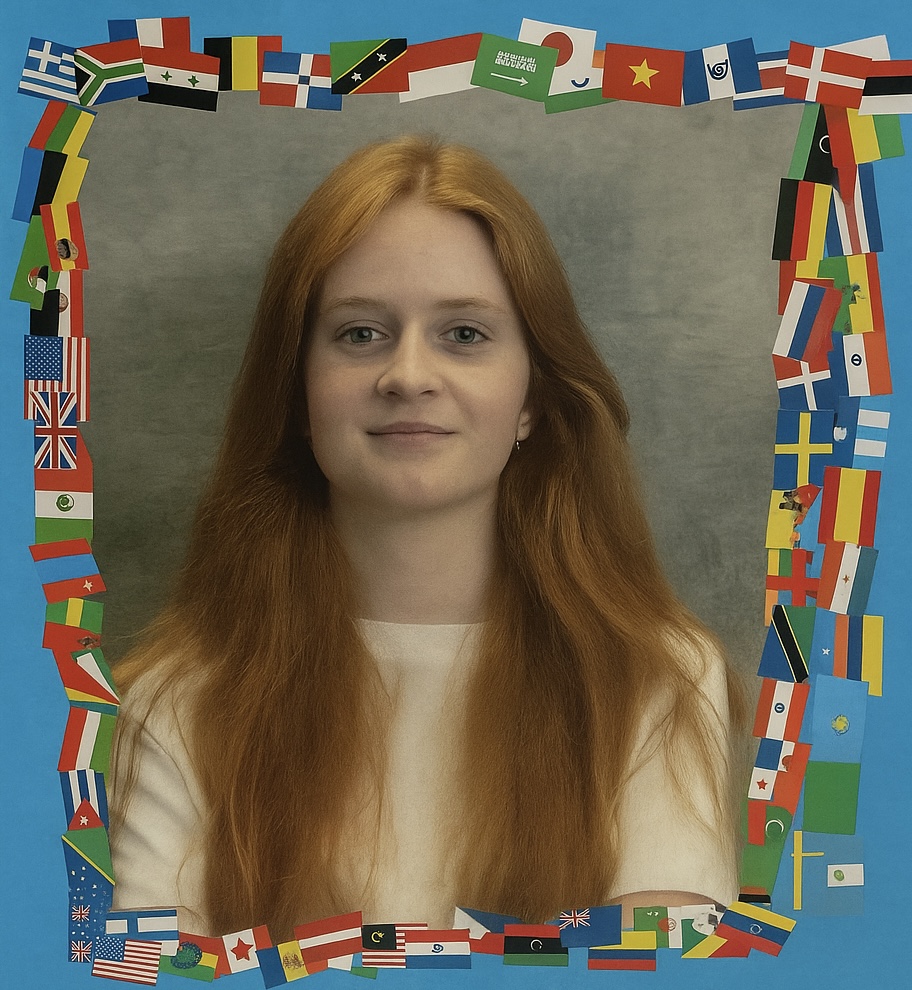Art; a word that has so many meanings and interpretations. But how do you summarize it? Some might say art is only paintings and drawings, others may include things like dances and songs as art. Overall, art is an expression of creativity and imagination. So, how far into history does art go?
At LSE, there’s a class that explores art from all around the world. But, most students aren’t aware it’s even an option. Advanced Placement (AP) Art History is a relatively new course and has been taught for eight years by Greg Spangler.
“[The curriculum] starts with prehistory then moves all the way to global contemporary,” Spangler said. “Essentially, we have 250 works from all of world history… [from] West and non-Western art history that we study in chronological order. [Then] we look at art from the 15th, 16th, 17th, 18th, 19th [centuries] and so on for most of the second semester.”
“I actually really enjoy it,” Miles Melang-Thoren (10), a student who takes AP Art History says. “It’s a lot of memorization, but in the long run you learn a lot. I would very much recommend it because, I mean, you learn a lot about cultures. So, it’s not super overwhelming when you kind of like do it by units. Technically, I think we have like 250 different objects, but since it’s all kind of split up into different sections, it makes it a little more palatable for people to learn it a little better.”
According to Spangler, the class size is fairly small, with the average size being around 10 to 15 students. Two of this year’s students plan to go into art restoration, including Melang-Thoren. This class provides a starting point for his desired career.
Spangler said he tries his best to expose students to many perspectives with the field trips. Each year the AP Art History class has two field trips, one in the fall and one in the spring. Their most recent field trip was to the Sheldon Museum of Art in Lincoln, Nebraska.
Spangler believes it is important for students in his class to get into museums and see works of art up close.
“I think it helps them not only get out and investigate works that we’re not going to be covering in class or more obscure works by artists that we have not heard of, but also [it will] build the skills that all art historians need to know, which is that visual literacy set of skills that help them with discernment and analysis when they’re looking and contextualizing a piece.”
Melang-Thoren said that, on their field trip to the Sheldon, they were assigned to find one artwork they liked and write some notes about the piece’s form – shapes, colors, lines, etc. – for half an hour. Melang-Thoren chose the piece “Oranges and Orange Blossoms” by Martin Johnson Heade from his field trip to the Sheldon Art Museum.
In his analysis, he said, “Overall, the entire painting has a glossy shein, possibly adding to the surrealism and glass like appearance, maybe to emphasize the fragility of life. Movement and a sense of rhythm is added to the painting through the flowers and leaves curling in multiple directions, while others are frontal. Furthermore, the sticks curved and intertwined near the oranges, which adds depth and placement to the subjects as well. This [painting] shows that beautiful moments are fleeting, always changing and will eventually come to an end, just like life.”
The skills in which Melang-Thoren displays over his painting analysis aren’t something you can find in any other class. Any art or history class really only gives you the information and/or techniques used. AP Art History is LSE’s chance to get a more in depth view.
AP Art History is a very useful class, not only for those who want to pursue something in art or history, but for anything requiring visual analysis. The class teaches students to be pretty in depth and analyze things pretty thoroughly which can be useful for jobs.
“I think those skills [visual literacy] are really important to everybody and it’s just fun. There’s a lot of wild, wacky, fun stuff in art history that you don’t necessarily get to look at or talk about in other classes,” Spangler said.


















